- High precision
- There is a negative result

3
·
Very good

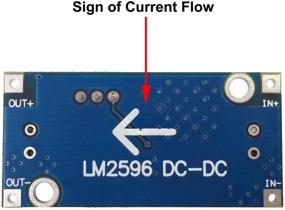
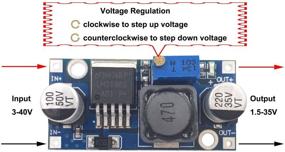
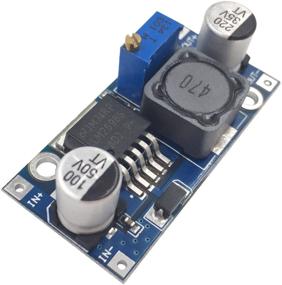
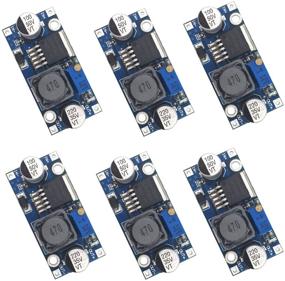
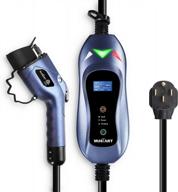
MUSTART Level 2 EV Charger With 240V, 25Ft Cable, And Adjustable Amps (16/25/32) – Portable Electric Vehicle Charging Station With Delay Function And NEMA 14-50P Plug-In

29 Review

Portable Electric Vehicle Charger (40A, 240V, 25Ft Cable) - Level 2 EV Charging Station With NEMA 6-50P Plug-In For EVs By MUSTART

19 Review
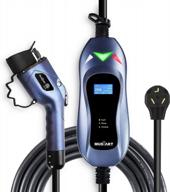
Efficient And Convenient EV Charging With MUSTART Level 2 Portable Charger (240V, 25Ft Cable, 25Amp)

18 Review

Jack Pad Adapter Anodized Black Replacement For B-M-W 135 335 535 E82 E88 E46 E90 E91 E92 E93 E38 E39 E60 E61 E63 E64 E65 E66 E70 E71 E89 X5 X6 X3 1M M3 M5 M6 F01 F02 F30 F10(1 Pcs)

21 Review
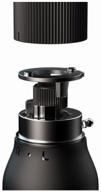
Xiaomi Mijia Ratchet Screwdriver 16 in 1 Screwdriver with Interchangeable Bits, 10 pcs, Black

22 Review

Xiaomi Mi x Mijia Wiha Precision Screwdriver Set (DZN4000CN), 25 pcs

34 Review
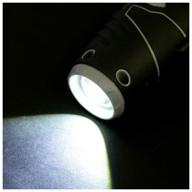
Rechargeable screwdriver OA-3,6F (433.0.2.00), 3.6 V, 1.3 Ah Li-ion, blister

46 Review
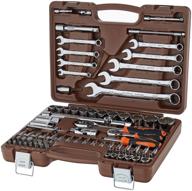
Tool set Ombra OMT82S12, 82 pcs, brown

22 Review